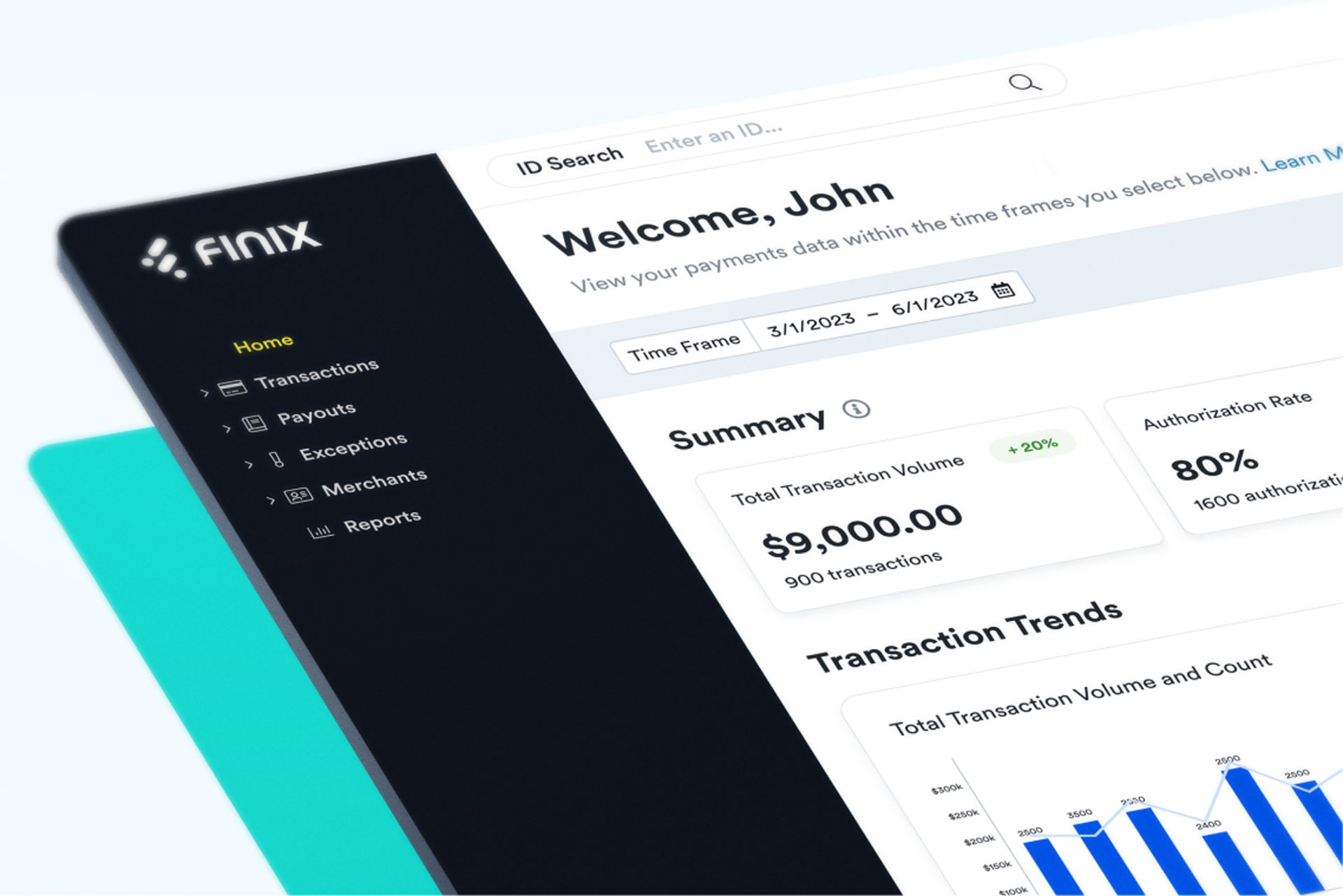Interview with Mengzhu Ouyang of Finix Payments Inc

Interview with Jose Maria Garcia from Spain
January 24, 2024
Interview with Shuyi Liu from United States
January 24, 2024
Mengzhu Ouyang | London Design Awards
Mengzhu Ouyang
Mengzhu Ouyang is an engineer-turned-designer who is motivated by a desire to connect people with technology. Over the past 5 years, Ouyang has contributed to a variety of products in sectors including personal banking, supply chain management, and payment processing.
From the outset of my career in design, curiosity has been my primary motivator. While electrical engineering laid the groundwork, human-centred design has brought me closer to understanding and enhancing the user experience. It offers a unique platform to delve into why specific interactions or visual patterns succeed or fail.
Collaborating with a diverse array of talented individuals, each with different backgrounds, is something I relish. Sharing and refining ideas with them enriches my work and perspective. For me, being a designer is not just a profession; it's the fulfillment of a dream, allowing me to blend my technical knowledge with creative problem-solving.
I am presently employed at Finix, a prominent provider in the payments technology sector, known for empowering businesses to manage online and in-person payments seamlessly. Our diverse clientele ranges from startups to large publicly traded companies, including cutting-edge software platforms, dynamic marketplaces, payment facilitators, and independent merchants. At Finix, we specialise in streamlining payment processing, eradicating manual workflows, elevating customer experiences, and accelerating revenue growth for our clients.
As a product designer, I lead projects across different payment lifecycles to craft intuitive dashboard workflows so our customers’ payment operation teams can reduce time spent on manual tasks and garner deep insights from contextual payment data.
For me, design is synonymous with problem-solving. It involves a rigorous process of identifying issues, then addressing them through user research, brainstorming sessions, and validation. Crucially, design demands user testing to ensure that the most effective solution is found within the specific context.
I don’t view design as an exclusive, creative secret reserved for designers alone. Instead, I embrace and apply design thinking in all aspects of my life, both professionally and personally. I actively engage with others, sharing ideas and perspectives, in pursuit of the most effective solutions. This collaborative approach not only broadens my understanding but also enhances the overall quality of the outcomes.
I find myself deeply intrigued by exceptional service design experiences, like the immersive journey through an IKEA showroom, the captivating narrative of a museum exhibit, or the ingeniously crafted waiting lines at Disney parks. I take great pleasure in dissecting the meticulous thought process designers employ at each user interaction point.
These everyday encounters with outstanding design not only pique my curiosity but also serve as a constant source of inspiration, influencing my approach to design and creativity.
A "good" design is about effectively addressing the right problem, tailored to meet specific user needs, with the aim of enhancing both product functionality and customer experience. A prime example of this is the handicap push plate. Initially designed to aid wheelchair users in opening doors, since standard door handles fail to meet the accessibility needs of individuals with mobility challenges, these push plates have proven beneficial to a wider audience.
They assist not just those with permanent disabilities, but also people with temporary injuries, or even someone with their hands full, like carrying groceries. This illustrates how good design can transcend its initial purpose, offering broader, inclusive benefits.
Traditionally, legacy payment providers have struggled to adapt to the rapid advancements in the payments industry. Their platforms, often outdated, weren't initially conceptualised to accommodate emerging commerce models like marketplaces, SaaS platforms, and multi-merchant systems.
Consequently, many of today's payment companies are constructed upon these older legacy payment processors. This reliance inherently imposes limitations, particularly in the quality and capability of the underlying infrastructure, constraining their ability to innovate and meet modern commerce demands effectively.
The redesign of our dashboard marked a significant milestone for Finix, substantially elevating our user experience. Finix now offers businesses instant access to comprehensive reports and concise, at-a-glance snapshots of payment data directly from the revamped dashboard, enhancing both functionality and user convenience.
Using intuitive design patterns, our dashboard prioritises tasks, provides transparent payment analytics, and allows businesses to manage their payment operations seamlessly. This means businesses have access to all the important details about how their business is doing as soon as they log on—from payouts and settlements to merchant deposits and more.
Winning Entry
Finix Dashboard - Payment Operation Management Platform | 2023

Mengzhu Ouyang
Mengzhu Ouyang is an engineer-turned-designer who is motivated by a desire to connect people with technology. Over the past 5 years, Ouyang has contributed to a variety of products in sectors including personal banking, supply chain management, and payment processing.
Read more about this interview with Danilo Villanueva of Makina & Co, the Platinum Winner of the 2023 London Design Awards.
